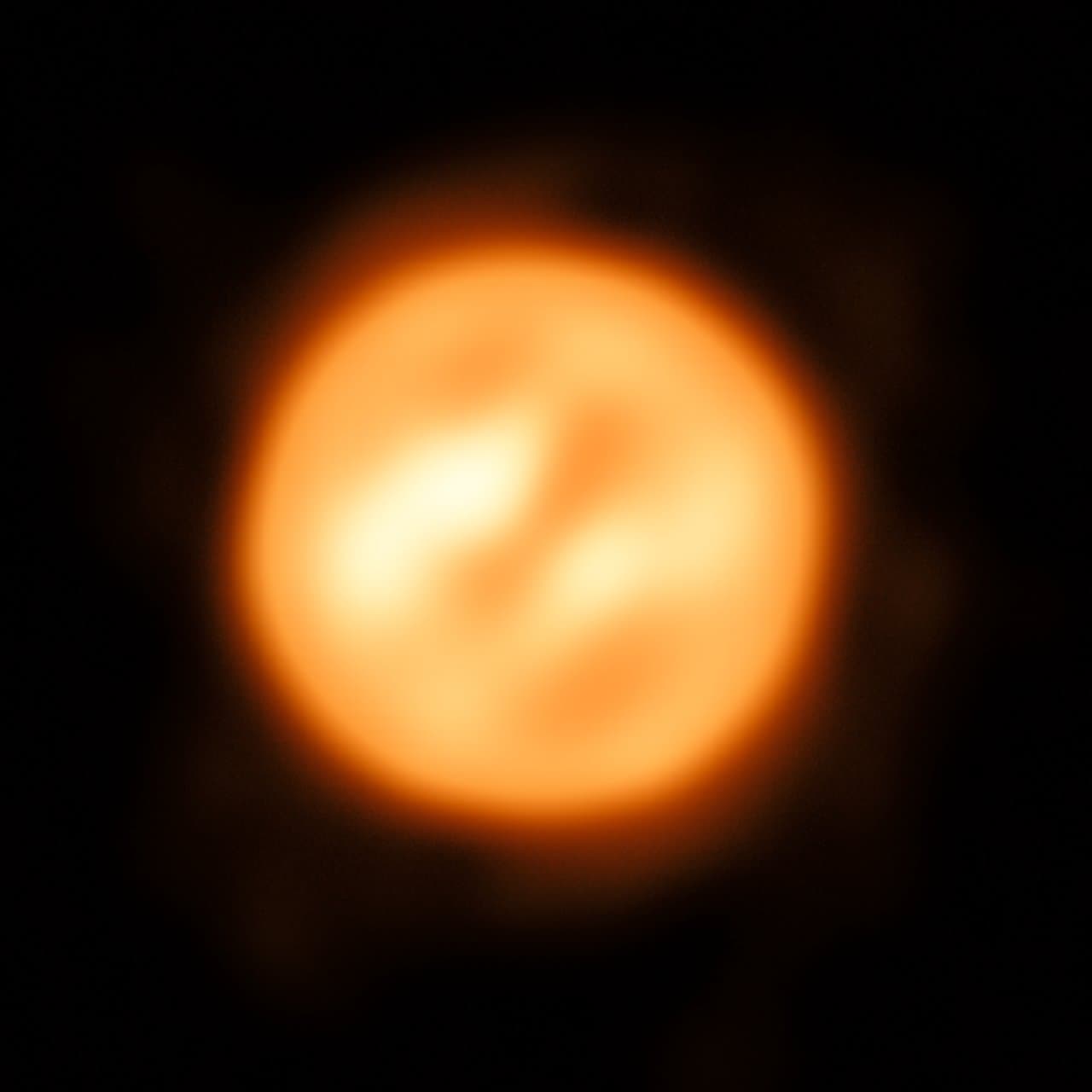Look at the Stars
Red supergiant (RSG) stars are considered the most voluminous stars in the universe. The two most famous examples of RSGs are Betelgeuse and Antares, and to the naked eye the latter appears to shine with a strong red tint as it sits at the heart of the constellation Scorpius. However, RSGs are known to exhibit a certain kind of behavior that's baffled astronomers for a long while.
A team of astronomers decided to figure out this strange phenomenon by taking a closer look at Antares, a star already at near the end of its life. "How stars like Antares lose mass so quickly in the final phase of their evolution has been a problem for over half a century," Keiichi Ohnaka from the Universidad Católica del Norte in Chile and lead author of the study said in a press release.
His team used the Very Large Telescope Interferometer (VLTI) of the European Southern Observatory (ESO) at the Paranal Observatory in Chile, with which they mapped the surface and movement of the surface material of Antares. The result: they managed to take the best image of an extra-solar star's surface ever. Their research has been published by the ESO.
Powerful Imaging
This was made possible by the VLTI's ability to combine light from four of its telescopes to create a virtual telescope that works like a single mirror that's 200 meters across. It, in turn, allowed the team to recreate a two-dimensional velocity map of a star, the first such beyond our solar system.
"The VLTI is the only facility that can directly measure the gas motions in the extended atmosphere of Antares — a crucial step towards clarifying this problem," Ohnaka explained in the release. By calculating the difference between the speed of the atmospheric gas in Antares at different positions and the average speed of the entire star relative to the VLTI's imaging array, he made it possible to map the relative speed of atmospheric gas across the surface area of Antares, 'on the ground,' as it were. While this revealed the motions of gas clumps, it merely hinted at a process behind such movement that's still to be identified. "The next challenge is to identify what's driving the turbulent motions," he added.
Ohnaka's team has made it possible to study a star's surface from a far more effective viewpoint. They hope to duplicate this success in the study of other stars. "In the future, this observing technique can be applied to different types of stars to study their surfaces and atmospheres in unprecedented detail. This has been limited to just the Sun up to now," Ohnaka said. "Our work brings stellar astrophysics to a new dimension and opens an entirely new window to observe stars."
The method Ohnaka and his team used could also provide better imaging of exoplanets that could help us glimpse atmospheric movements in these planets. Learning about what goes on in the atmospheres of exoplanets is crucial to knowing which of these could sustain life.
Share This Article
